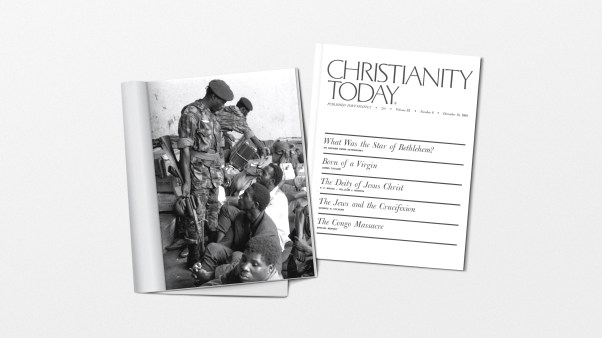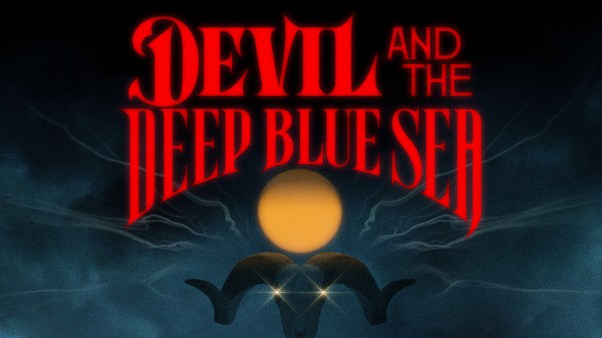When I declined the camel ride attraction, my tour guide took me by the elbow and tried to sell me to some Arab merchants standing nearby. “What will you give me for her?” he asked them.
“Nothing,” said one, “I already have two women.” Another was more indulgent: “Two thousands camels, a Mercedes, and my heart.”
It was one of many occasions in Israel when I cringed at being an American tourist. I wondered what the locals thought of our fanny packs, cameras, and gaping mouths. “Excuse me while I admire your history. I’m not really interested in you—just those stones you walk by every day.”
As members of an “archaeological study tour,” we were not quite as gullible as many modern pilgrims. We met grandiose historical claims with cheerful skepticism. But we were pilgrims nonetheless, following the trail of biblical sites, collecting our souvenir olive wood communion cups, and singing hymns on the bus. It was often hard to strike a spiritual mood amidst the political graffiti, falafel, bargain packs of postcards, and T-shirts urging “Shabbat: Just Do It,” but we tried.
The first time I knew for sure that this trip would be worth the itchy passport pocket around my waist was when I stood looking out over the Sea of Galilee at sunset. I could imagine a small fishing boat out there and a dark figure walking towards it over the waves. But the pinnacle, for me, was sitting on the Herodian steps of the Temple Mount in Jerusalem. In all of Israel this was the one place where I could be certain that I was sitting where Jesus had walked.
“No other sentiment draws people to Jerusalem than the desire to see and touch the places where Christ was physically present, and to be able to say from their very own experience: ‘We have gone into his tabernacle, and have worshipped in the places where his feet have stood.'” Paulinus of Nola said this in the fifth century, and our fascination with the homeland of Jesus still draws millions of Christian travelers to Israel. We ride in cars and buses; earlier pilgrims walked or rode camels. And it’s been going on for two thousand years. That’s a lot of camels.
But those early pilgrims had another goal besides seeing the holy places; they wanted to meet the Christians who lived there. They went not only to honor the tomb of Christ but to worship with the living Body of Christ.
Sometimes we forget that Israel is more than a playground of biblical tourist attractions or a battleground between Jews and Muslims. For several centuries (long before the Crusades) Palestine was a Christian country, and this forever changed the history of the land. These Palestinian Christians carried on the legacy of the early church, preserved the biblical sites, and survived the Islamic conquest. Robert Louis Wilken reminds us, “The Arabic-speaking Christians who live today in Israel, the West Bank, and Jordan are their descendents and hence the descendents of the first Christians. They are, as it were, the only indigenous Christian community in the world.”
It is important, as we look at the history of the Holy Land, not to lose sight of either the land or the church, the worth of a memory or the worth of a human being. (I think I’m worth three thousands camels, at least.)
Copyright © 2008 by the author or Christianity Today/Christian History & Biography magazine. Click here for reprint information on Christian History & Biography.










